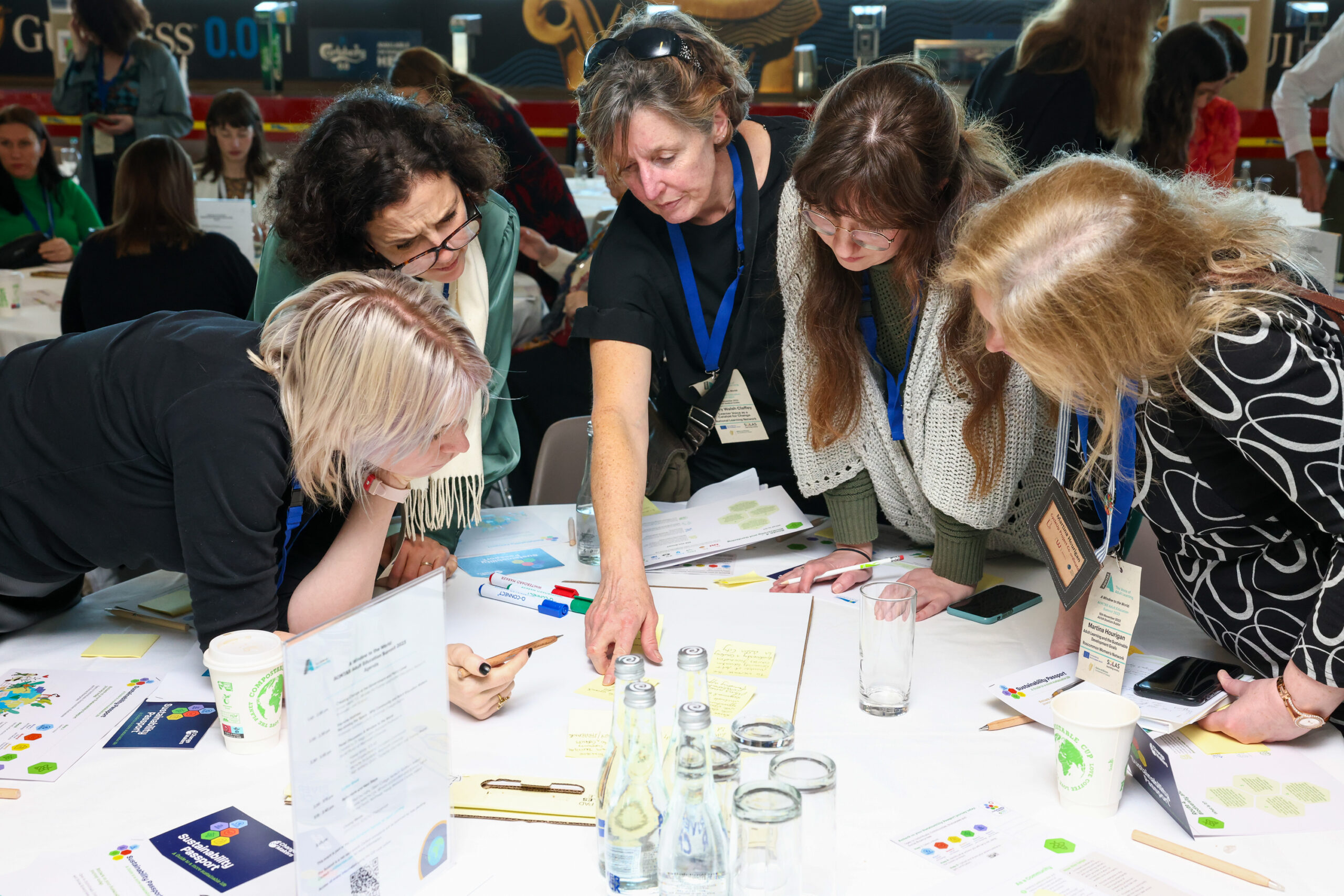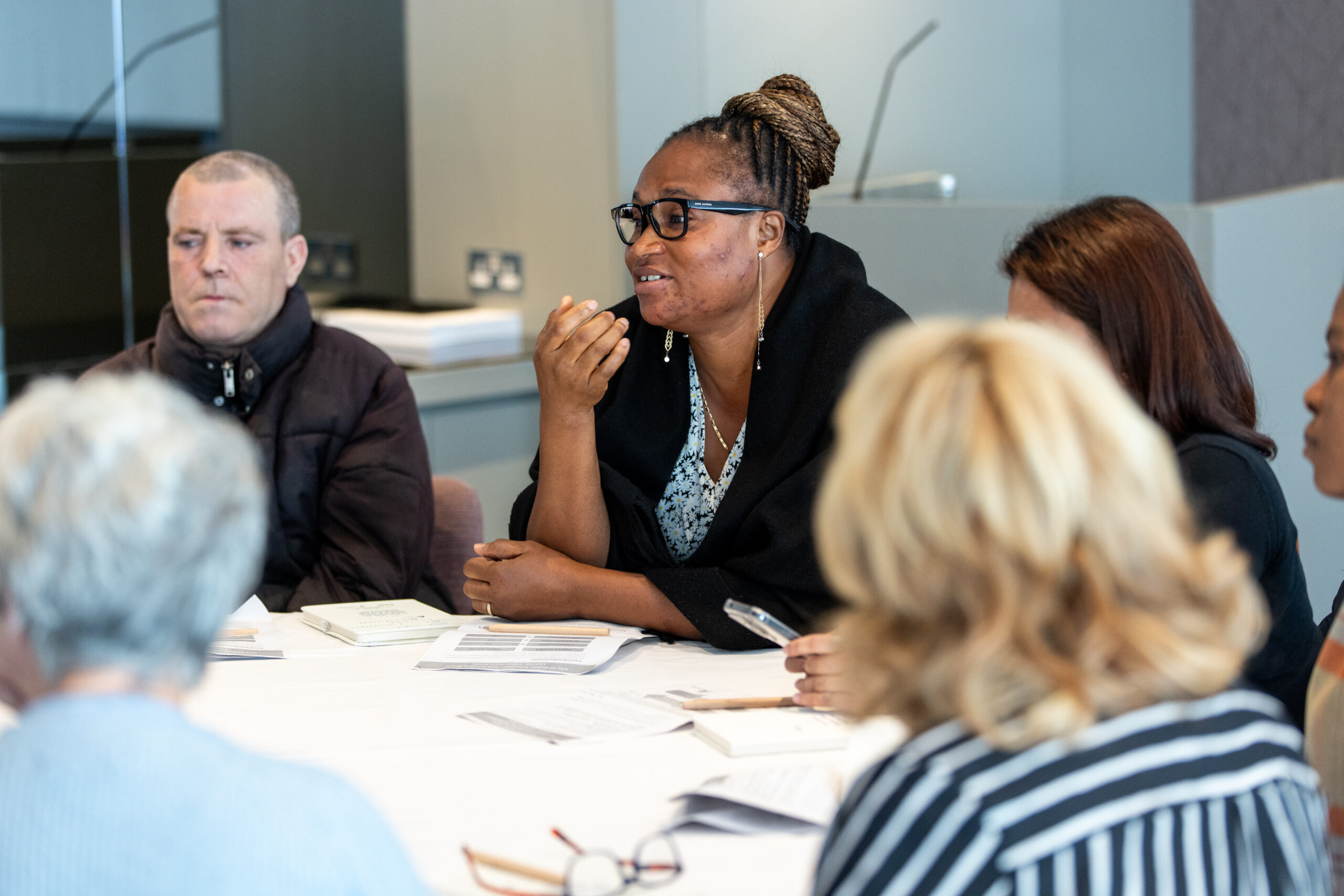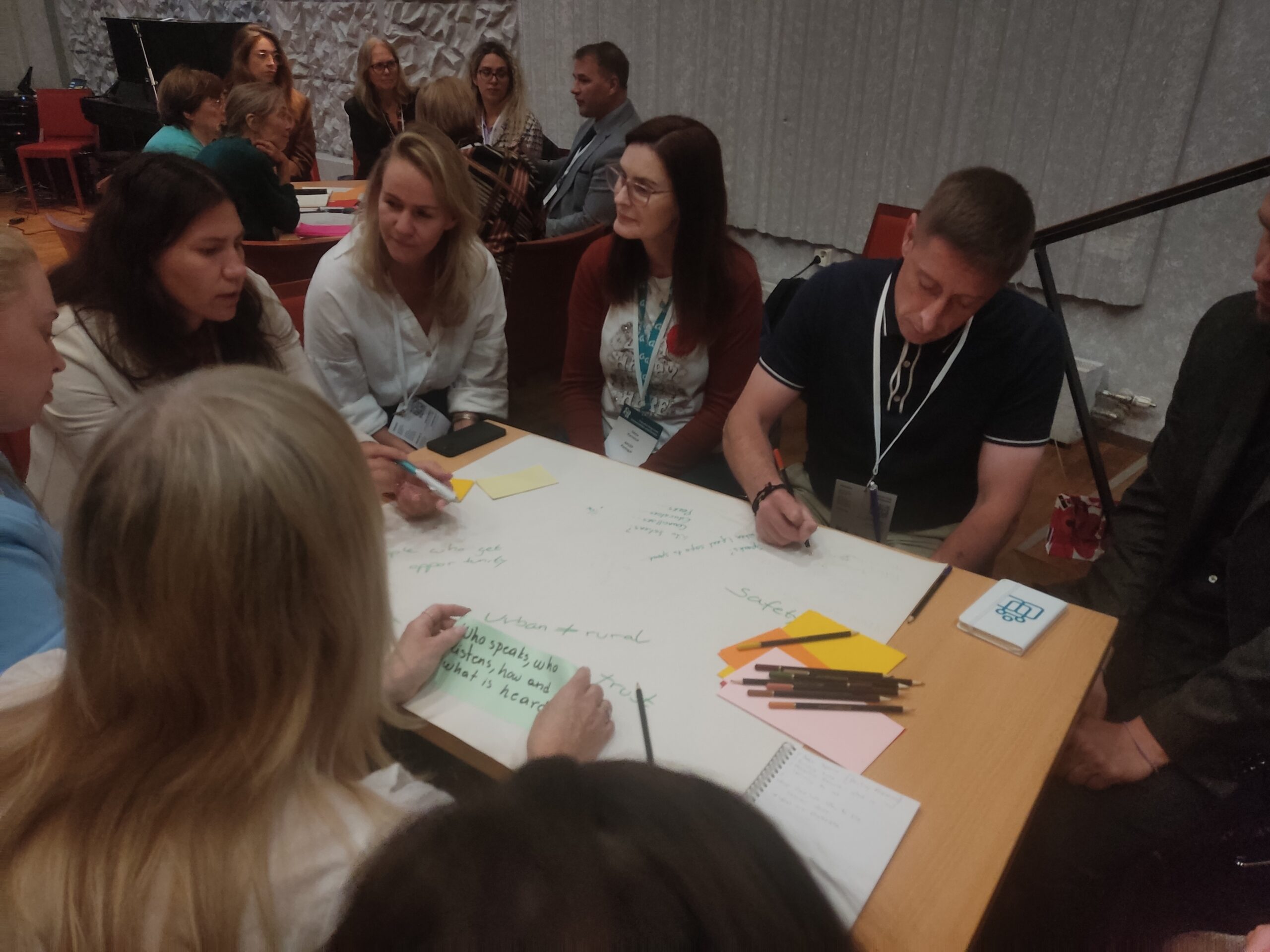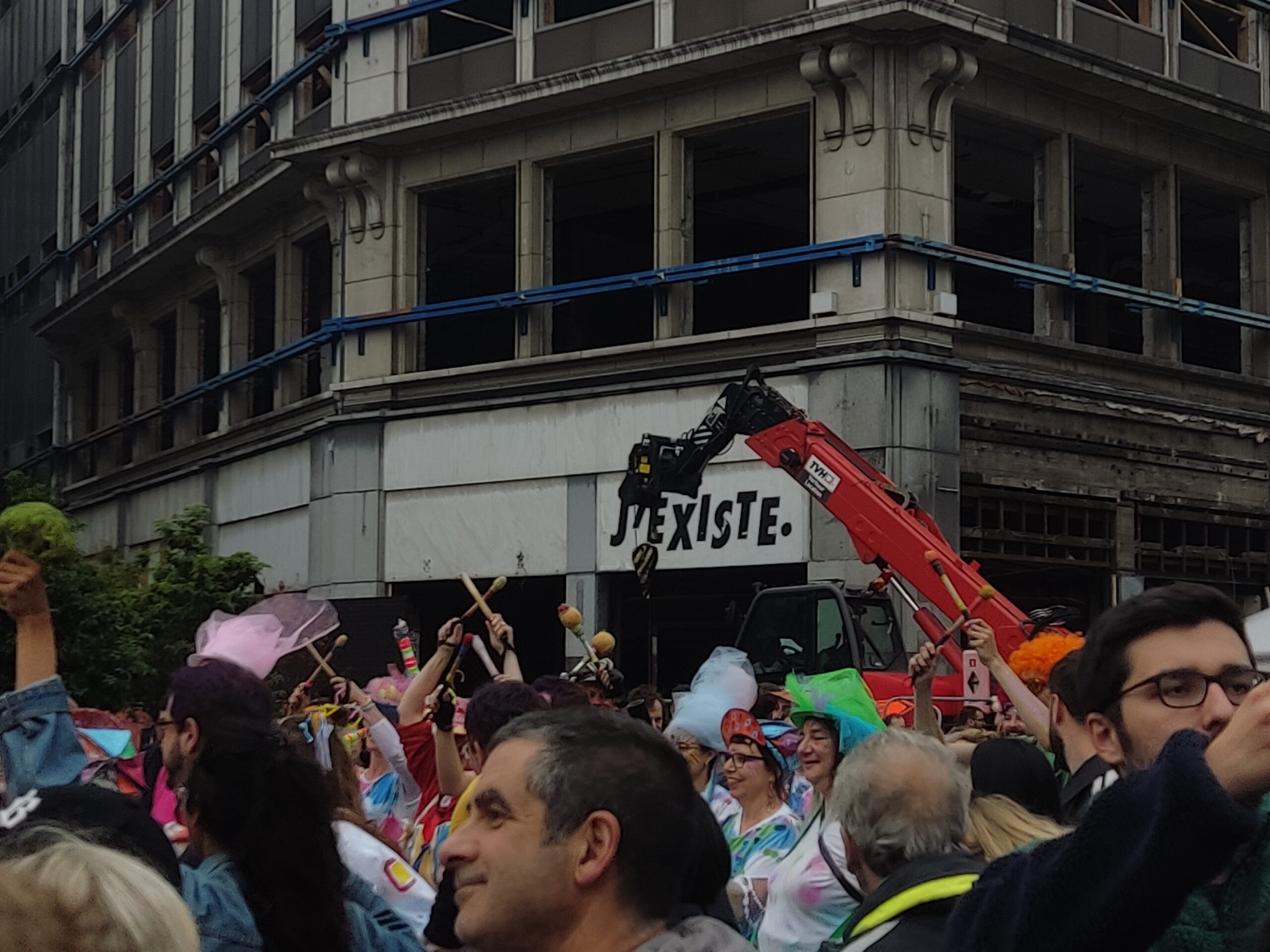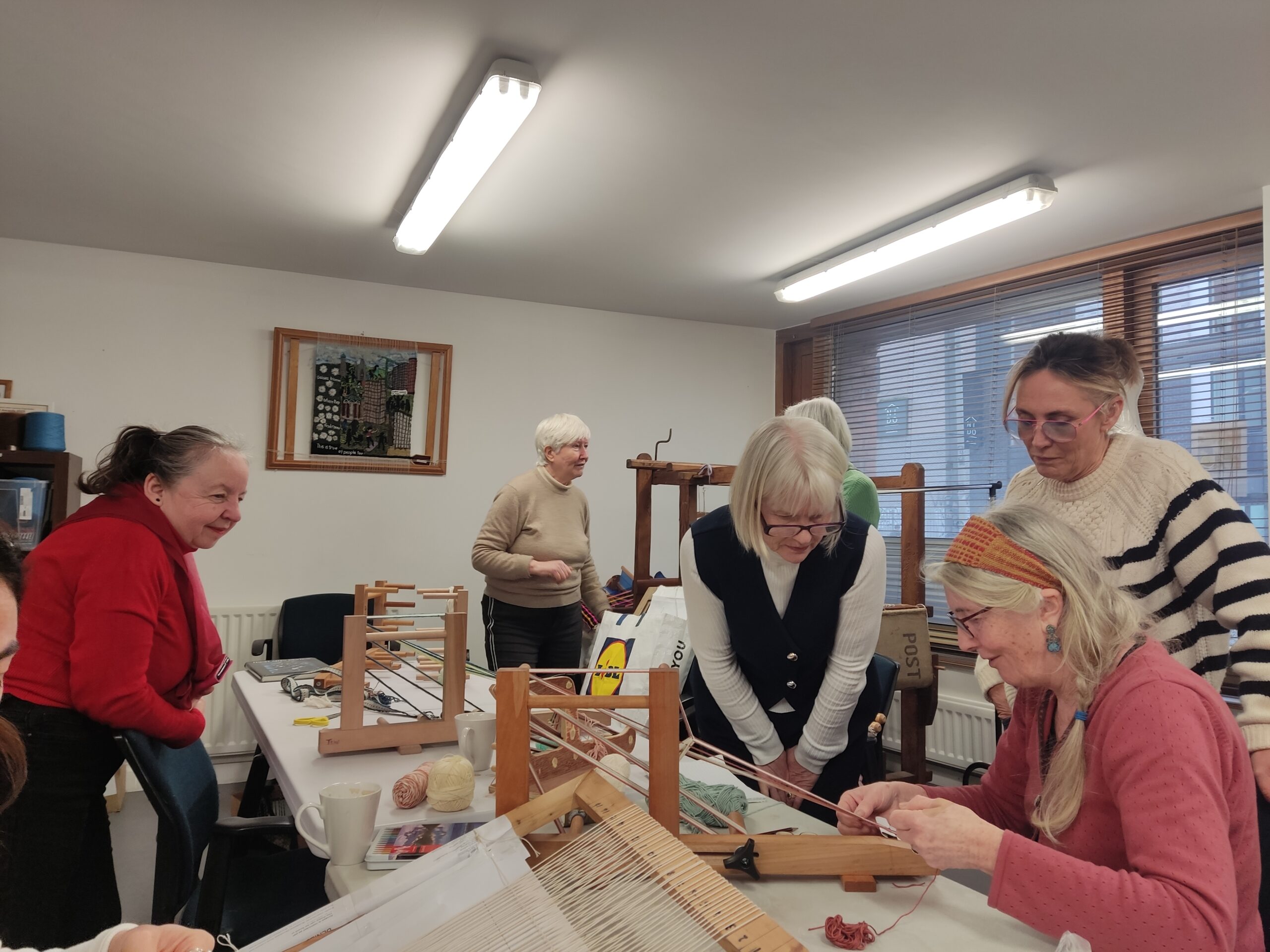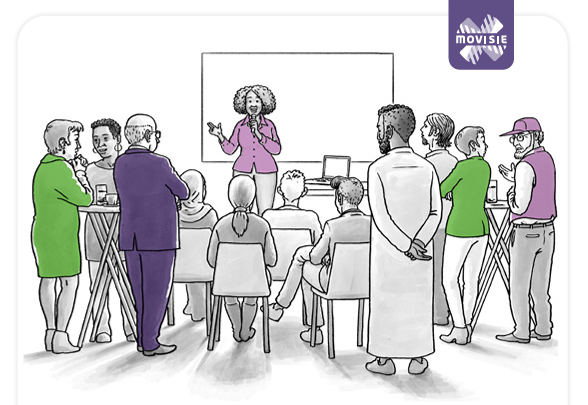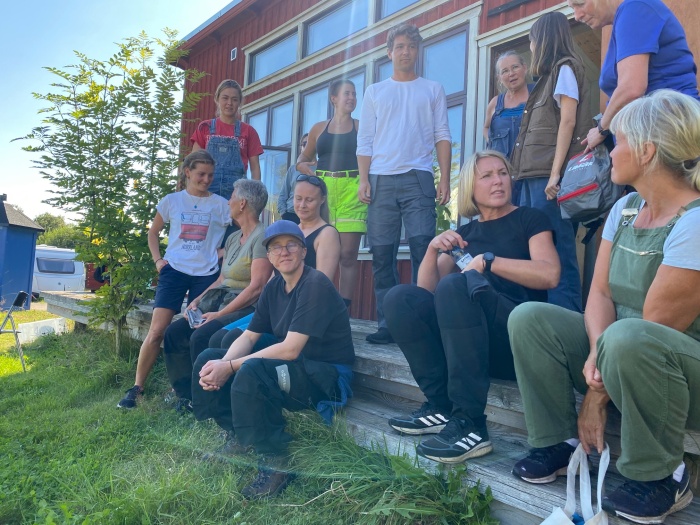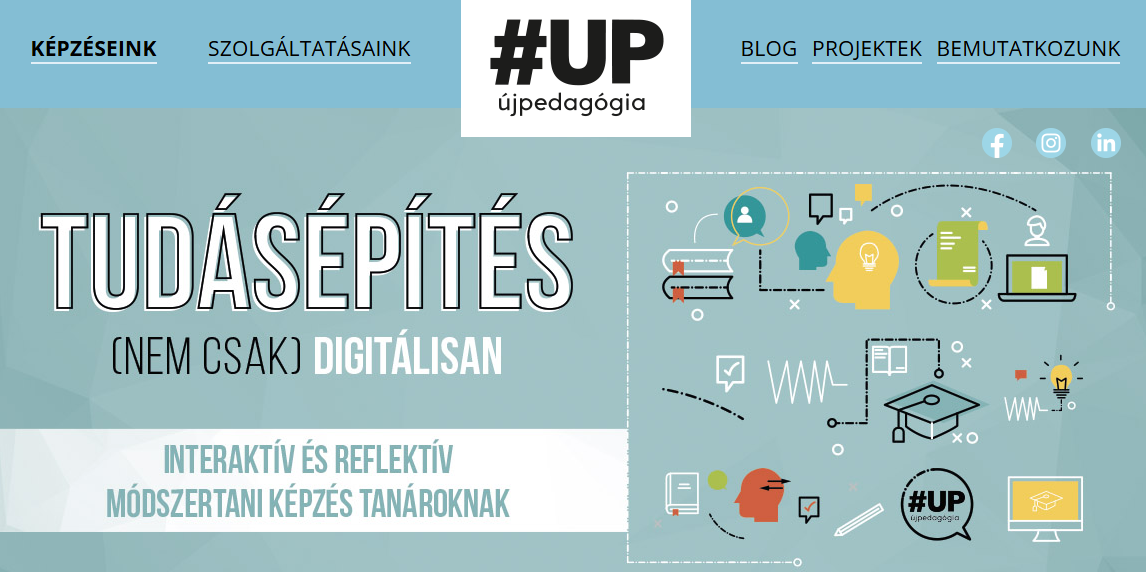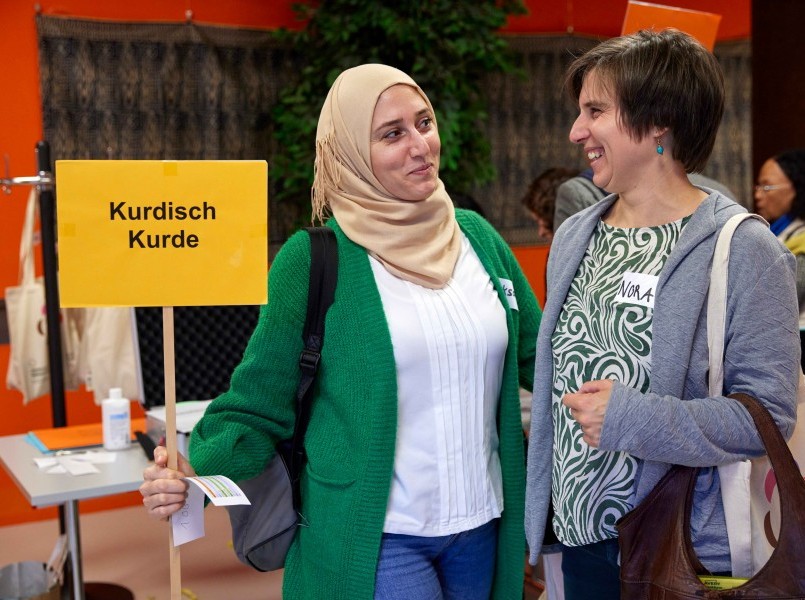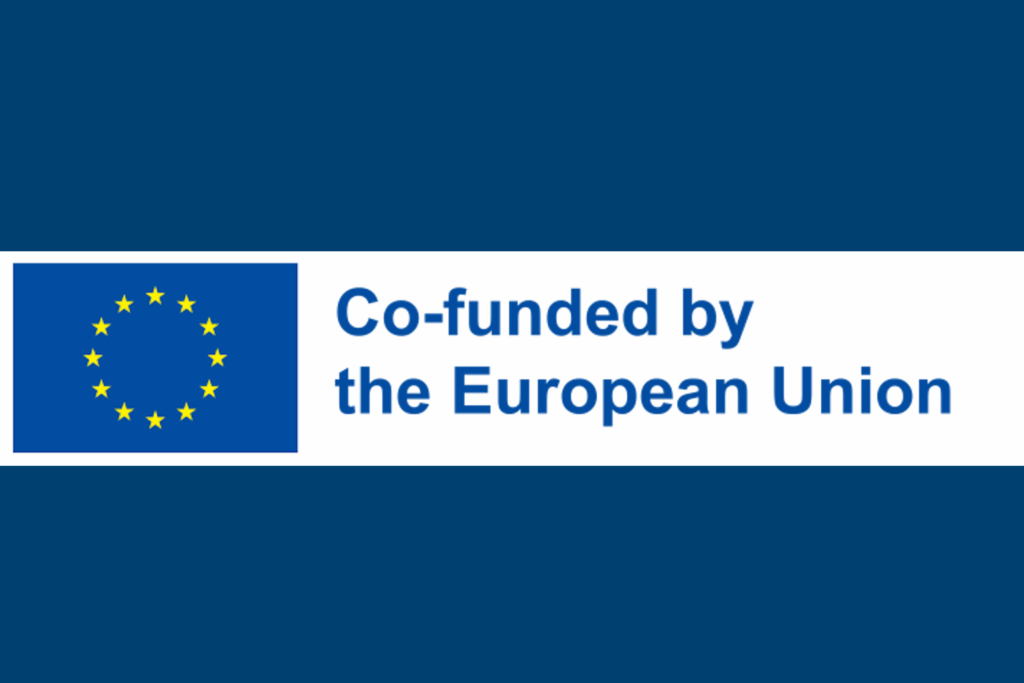The ENHANCE Matrix
- Home
- The ENHANCE Matrix
The Matrix
Explore the ENHANCE Matrix and its guiding documents to understand the framework and how to apply it
The Toolkit
Discover practical methods and inspiring examples tested through the Matrix
The Interviews
Dive deeper into each good practice with detailed insights, stories, and impact gathered.
The ENHANCE Matrix
Persisting challenges, Potential Lessons
Below we are introducing some concepts we found essential in understanding the challenges and systemic barriers in amplifying learners voice that exist integrally in our good practices as well!
Gatekeeping
A strategy employed by individuals or institutions in positions of authority to control participation, opportunities, and progression. Through gatekeeping, existing power structures are maintained by establishing, mobilising, and reinforcing barriers—such as eligibility criteria, credential requirements, or selective admissions—that restrict access to education and other resources (Oleinik, 2015). In this way, gatekeeping functions not only as a regulatory mechanism but also as a means of reproducing social inequalities.
Bottleneck
A bottleneck can be defined as “a problem that delays a process or stops it from continuing” (Cambridge Dictionary). Within the sphere of education and learning, bottlenecks often emerge as structural, institutional, or pedagogical constraints that prevent learners from advancing in their learning journey. Examples include rigid curricula, lack of recognition of prior learning, language barriers, or limited digital infrastructure. Bottlenecks highlight the moments in which learners’ progression slows down or halts, revealing points of systemic fragility that demand targeted interventions.
Access
Level of Conciousness and Level of Participation
The extent to which a person considers themself a learner.
Design (in advance)
- Micro-level: participant(s) are asked about their learning needs and desires at an individual level by the tutor during an intake and the tutor translates these into the training offer/programme (customisation within programmes is possible and actively designed).
- Meso level: the educational institution / local authority (organisation responsible for the educational provision) periodically collects from the target group what – within the policy frameworks – their most important learning wishes and needs are and incorporates this information in the educational provision. This is done, for example, through forum discussions, focus groups or through questionnaires.
- Macro level: regional or national government institution or body ultimately responsible for the creation and funding of the educational programmes, collects structured information from institutions/implementers and/or participants on learning requirements in relation to the policy intentions and objectives of this government and takes this information into account when determining the method of funding or preconditions.
Implementation/ Practice/ Implementation (During)
- Micro-level: participants in an educational programme are asked by the teacher or supervisors during the educational process, at interim and regular intervals, about the extent to which the programme (still) matches their learning wishes or needs. Where necessary, these new changed needs are taken into account. These are factors that can be directly influenced by the teacher in the lesson, such as type of assignments, teaching materials, didactic working methods, etc..
- Meso-level: participants in an educational programme are asked by the institution / local authority during the educational process, at interim and regular intervals, about the extent to which the programme (still) matches their learning wishes or needs. Where necessary, these new changed needs are taken into account. These are factors that cannot be influenced by the teacher but do affect the implementation of the programme, such as the number of teaching hours, planning and organisation of the teaching programme, method of delivery (online learning, working in groups).
- Macro level: regional or national government body or body ultimately responsible for the creation and funding of the educational programmes collects structured information from institutions/implementers and/or participants on the progress of educational programmes and the satisfaction of participants with the way in which this is offered or organised. Translates this information into instructions, legislation or regulations for regional or local authorities/educational institutions, enabling adjustments to be made at implementation level or possible obstacles to be removed. If possible, adjusts available budgets for the implementation of educational programmes in the interim to (better) meet these learning wishes or needs.
Evaluation (after)
- Micro-level: teacher or institution questions individual learners after the educational path to what extent the offer has met expectations. This mainly concerns factors that can be directly influenced by the teacher in the lesson, such as type of assignments, teaching materials, didactic working methods, etc., but also the extent to which individual learning objectives were achieved. It explicitly asks what possible adaptations or changes are desirable from the perspective of the learner(s) or what additional supply is (still) needed to achieve the learning objectives.
- Meso-level: participants in educational programmes are surveyed by the institution/local authority during the process at mid-term and on a regular basis whether the programmes (still) match their learning wishes or needs. Where necessary, these new changed needs are taken into account. These are factors that cannot be influenced by the teacher but do affect the implementation of the programme, such as the course content to be chosen, planning, organisation of the course offerings, method of delivery (online learning, working in groups).
- Macro level: regional or national government institution or body ultimately responsible for the creation and funding of the educational programmes collects structured information from institutions/implementers and/or participants about the extent to which the educational programmes have met the needs of the learners and the extent to which learners were satisfied with the educational provision and its organisation. Learners are structurally involved in this evaluation in a way that is accessible and appropriate for them. It is clear how this information is weighed and taken into account in the new policy and budget cycle.
Safe Space and Context
The space and context in which learning takes place which can be physical and digital, and formal, non-formal or informal (e.g. classroom, outdoors, local communities).
A safe space is a space which, either technically or emotionally, is meant to provide equal opportunities, representation and communication outlets for marginalised groups or persons in an environment of respect and understanding that eliminate oppressive behaviours, recognises struggle and cultivates dialogue. (The Guide – SAFE SPACES FOR LEARNING)
Tokenism
Something that a person or organization does that seems to support or help a group of people who are treated unfairly in society, such as giving a member of that group an important or public position, but which is not meant to make changes that would help that group of people in a lasting way” (Cambridge Dictionary).
Form and Type of the Educational Process
Formal education: “education that is institutionalised, intentional and planned through public organizations and recognised private bodies, and – in their totality – constitute the formal education system of a country. Formal education programmes are thus recognised as such by the relevant national education or equivalent authorities, e.g. any other institution in cooperation with the national or subnational education authorities” (UNESCO Institute for Statistics, 2012).
Non-formal education/learning: “Non-formal education is education that is institutionalised, intentional and planned by an education provider. The defining characteristic of non-formal education is that it is an addition, alternative and/or complement to formal education within the process of lifelong learning of individuals” (UNESCO Institute for Statistics, 2012).
Informal education/learning: “Forms of learning that are intentional or deliberate, but are not institutionalised. It is consequently less organised and less structured than either formal or non-formal education. Like formal and non-formal education, informal learning can be distinguished from incidental or random learning” (UNESCO Institute for Statistics, 2012).
Learner Voice
For us the Learner Voice refers to the process of creating spaces in education where learners, express their opinions, claims and needs, reflect upon their own existing preconceptions and biases, with the aim of making the systems, in which the learners and the rest of the learning community exist, listen to the results of this process.
In this context, we are aware of the emotional process that is coming with the realisation of marginalisation, one’s own biases and privilege, and reaching the point of being able to articulate one’s own claims. This is the reason why for us the Learner Voice is interlinked with the concept of creating safe spaces and giving time to the learning community to grow and articulate their voice.
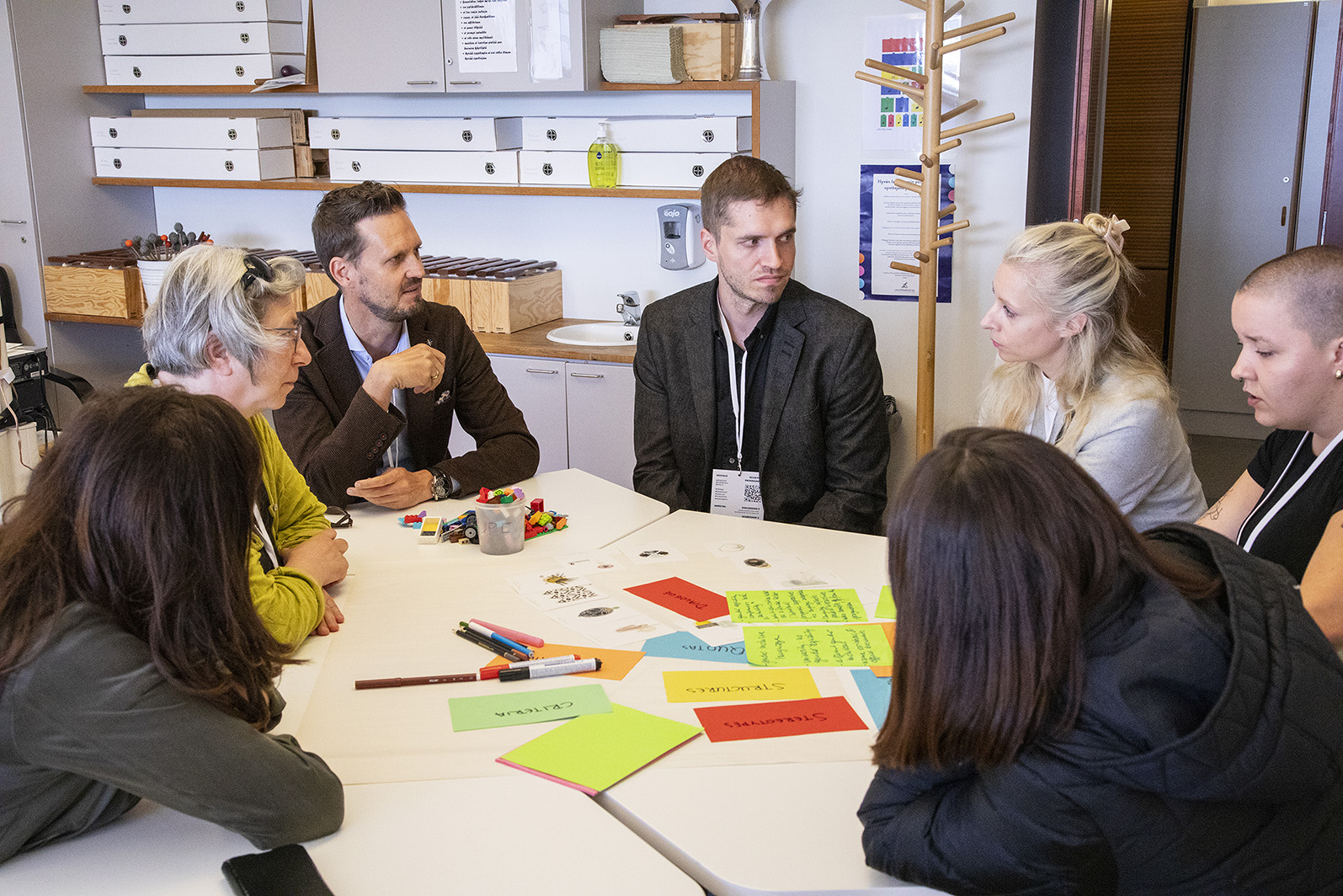
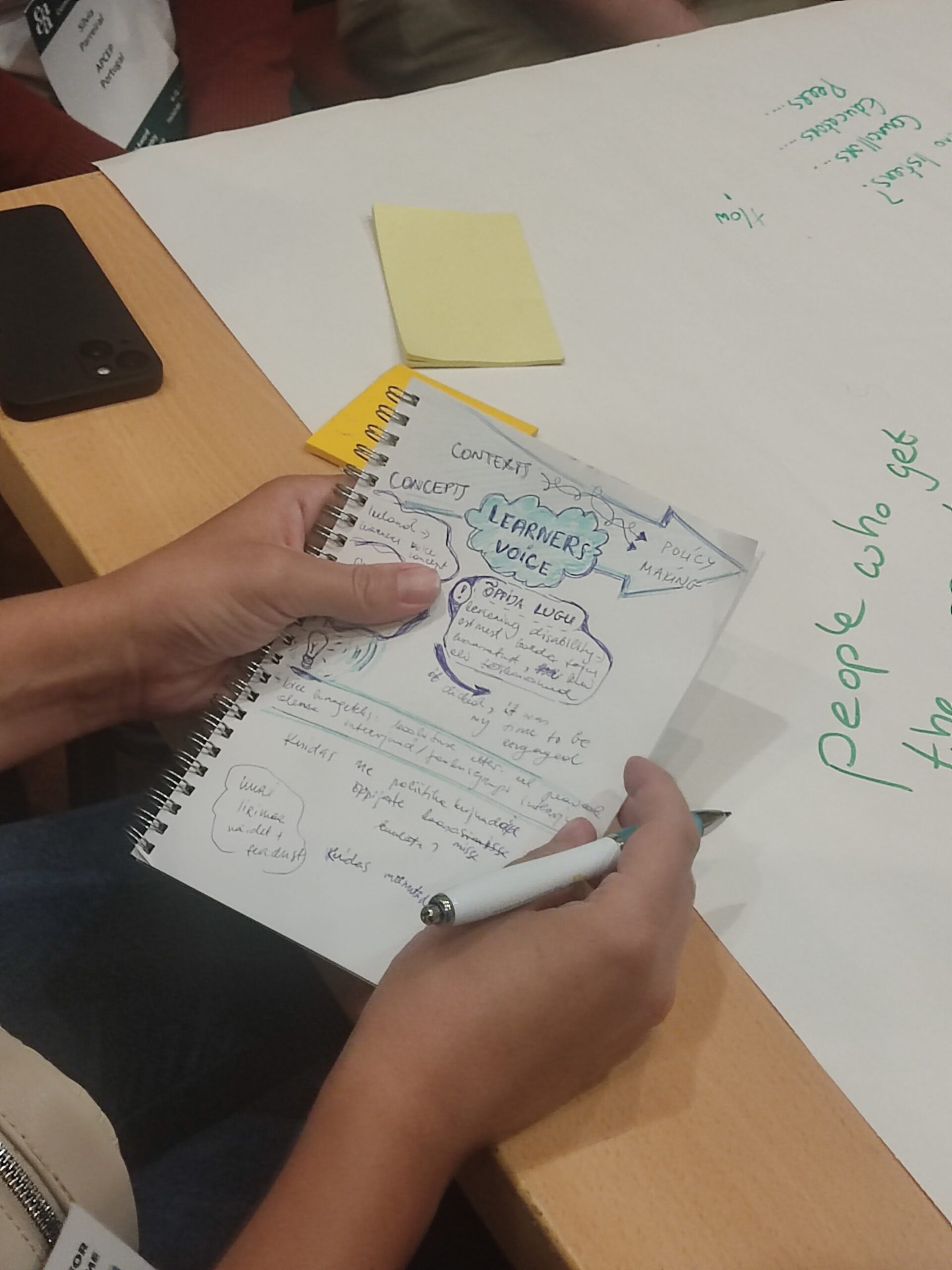
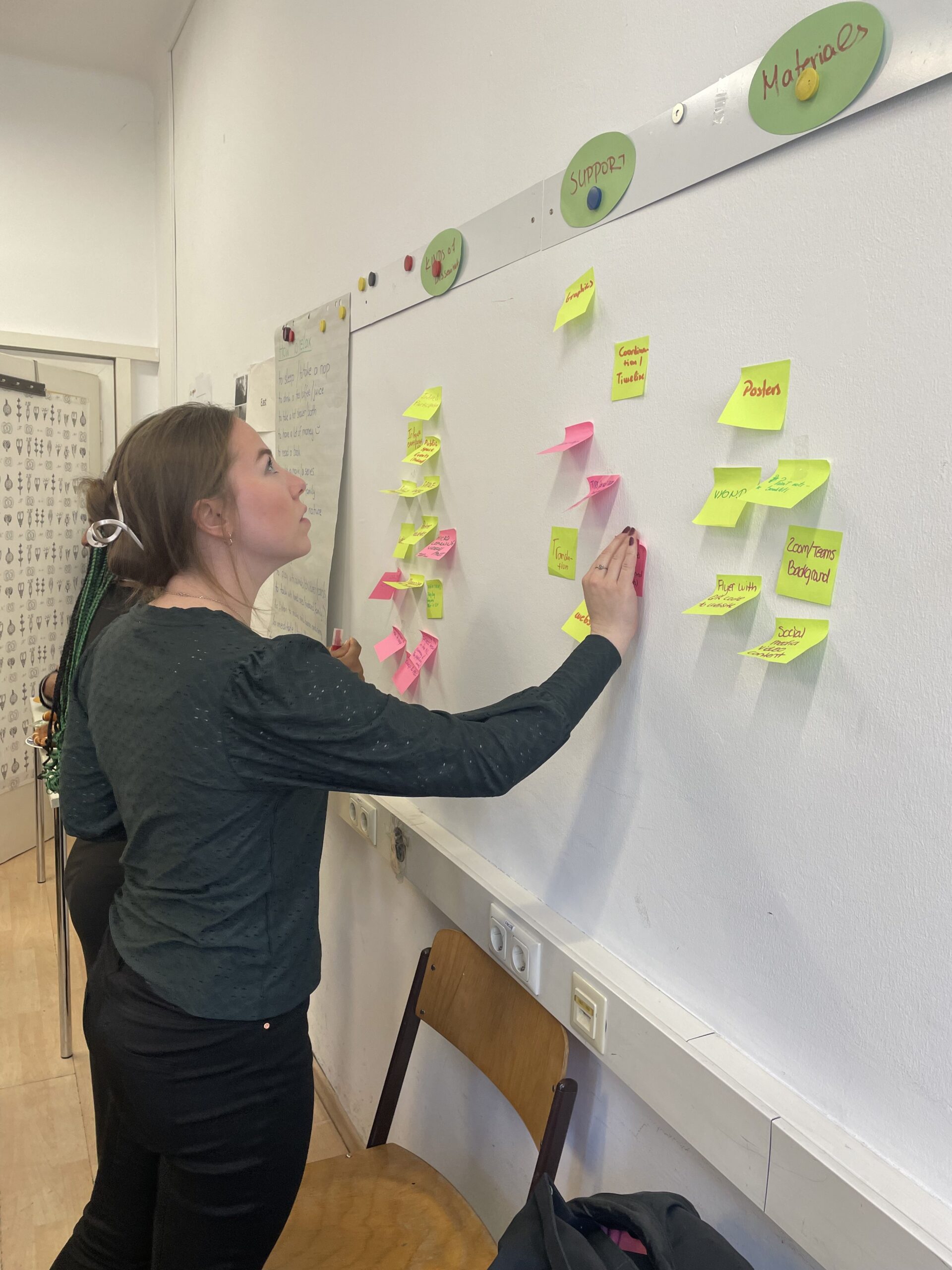
Using the Matrix
To better understand and apply the ENHANCE Matrix, two key documents are available:
-
Background Paper – Outlines the context, rationale, and theoretical underpinnings of the Matrix. It explains why enhancing learners’ voices matters and how this tool contributes to more inclusive adult education systems.
-
Matrix Mechanics – A practical guide to using the Matrix and understanding how each practice ended up in its space. It describes the structure, steps, and methods that help organisations translate the framework into use.
Together, these documents provide both the why and the how of the ENHANCE approach, offering a clear pathway from reflection to practice.
The ENHANCE Toolkit
The Interviews | Voices of the ENHANCE Matrix
